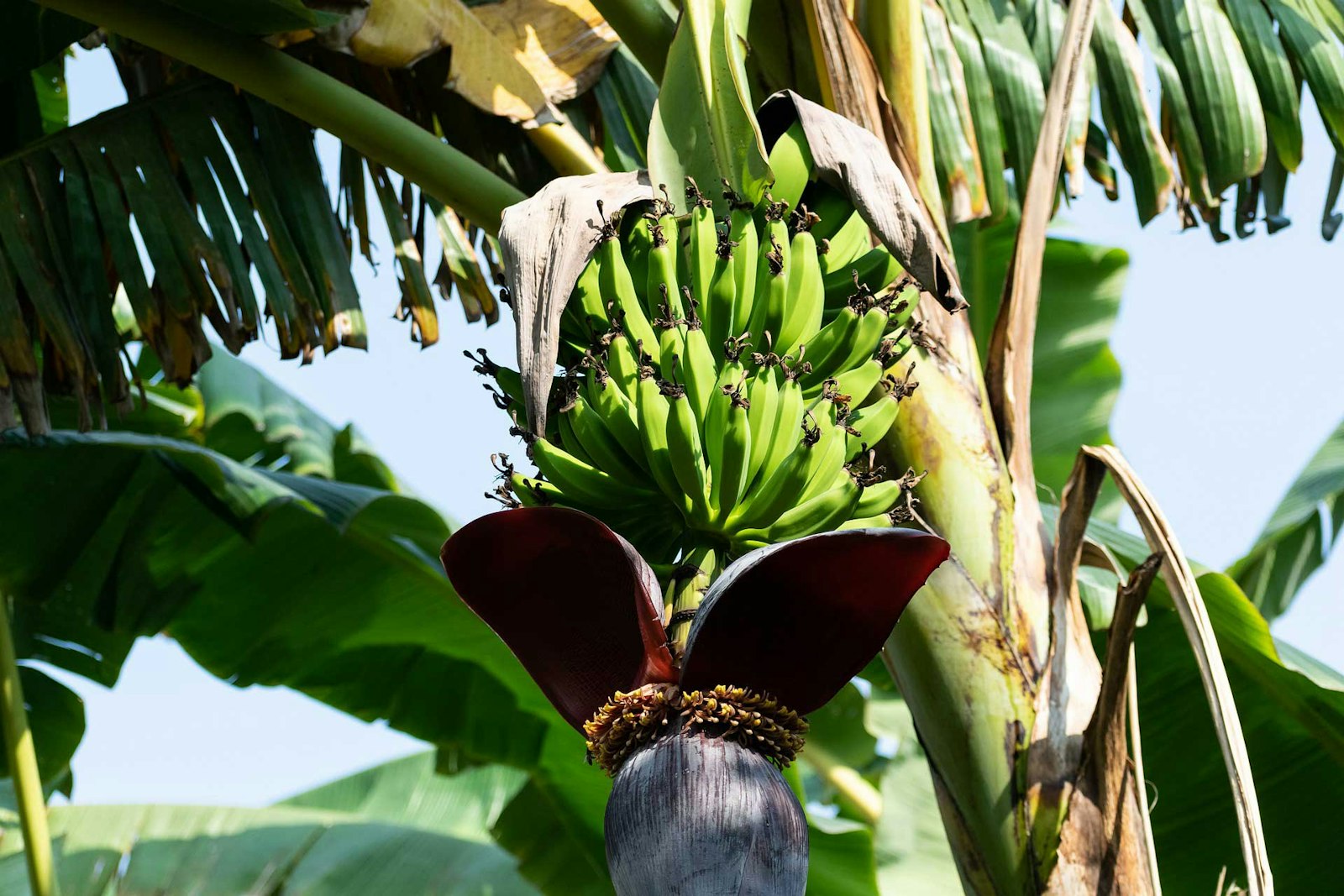Exploring the world through socks
We've invited Jeane Hutchins, the editor ofKnitting Traditions andPieceWork, here today to tell you about the new issue ofKnitting Traditions that is out now.
Jeane Hutchins: PieceWork's third edition of Knitting Traditions is now available! While I truly love all of the contents in each edition, I revel in the exceptional people we meet along the way. Many are unknown and unsung; others have a name and a face. Their stories, often poignant, are the heart and soul of each edition.
Let me introduce you to just one example of each that you'll find in Knitting Traditions Fall 2011.
Lydia Gladstone handspun the wool and knitted these lovely socks for her husband, Igor. Not unusual, true, but the story behind the pattern used for the socks is so compelling. Lydia spent a bucolic childhood in Bukovina, Ukraine, prior to the onset of World War II. And it was during that childhood that Lydia's aunt and grandmother taught her to knit. Fast forward to the war years, and we pick up Maureen McGinnis Patterson's story about Lydia:
"Her strongly anti-Communist family fled the advancing Soviet troops, but in Germany the Nazis shot her father, leaving Lydia and her mother on their own with no means of support. Having no other alternative, Lydia's mother placed her in the care of Catholic nuns because, as Lydia explained, "she knew they would take care of me," but her mother later starved to death.
Lydia was twelve years old when she went to live in the Klosterschule Niedernburg, located in Passau. During the five years that Lydia lived there, she was treated with kindness and received an excellent education. The convent had no electricity, and in winter it was cold and dimly lit. The girls spent long, dark evenings at their school desks, knitting by candlelight while Mater Prefect read stories from the Lives of the Saints. The girls knitted white stockings with fitted calves, the ribbed tops resting snugly just below the knees.
"When I ask whether they used a pattern, Lydia replies, 'No, there is no pattern.' She excuses herself and returns with a pair of stockings ornately decorated with fine cables and both twisted and traveling stitches from the ribbing down to the ankle. She explains that they are the same as the ones that she knitted as a schoolgirl except that for these she has used her own handspun yarn. I thought again of her description of that chilly room, each girl sitting at a desk lit by a single candle, knitting exquisite stockings like these."
Wow! What an extraordinary story. And Maureen McGinnis Patterson interpreted Lydia's stockings so we could include the pattern in Knitting Traditions.
Linda Ligon, Interweave's founder and its creative director for the specialty fiber group, purchased these handspun, handknitted socks in Mongolia's southern Gobi Desert. I absolutely fell in love with them and asked Donna Druchunas to knit a contemporary pair based on Linda's, using camel yarn, and to provide the pattern for Knitting Traditions. The knitter of Linda's original socks is unknown, but we do know that she or he, like so many others from that area of the world, would have plucked the fiber from a camel, carded it, and spun it on a supported spindle. She or he—one of the hundreds of thousands, or perhaps millions, of unsung/unknown artisans—produced a pair of quite swell socks.
These are just two of the stories and projects in this edition of Knitting Traditions; there are many, many more in this 148-page knitting journey that begins in the United Kingdom and travels through continental Europe, Asia, Oceania, South America, and North America.
Happy travels!





